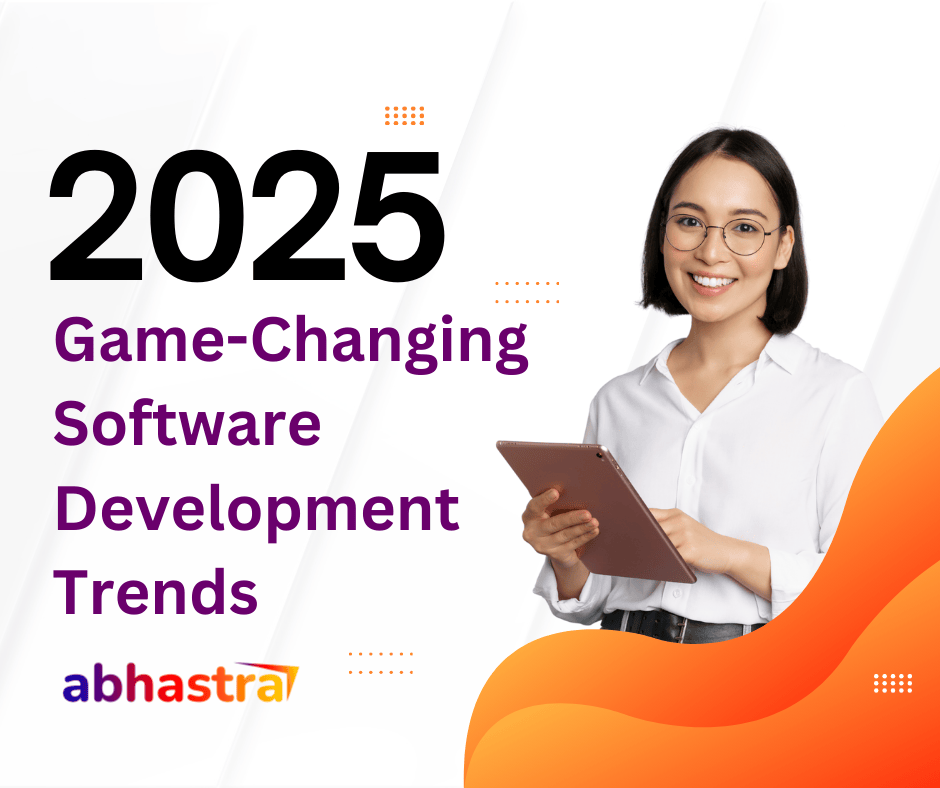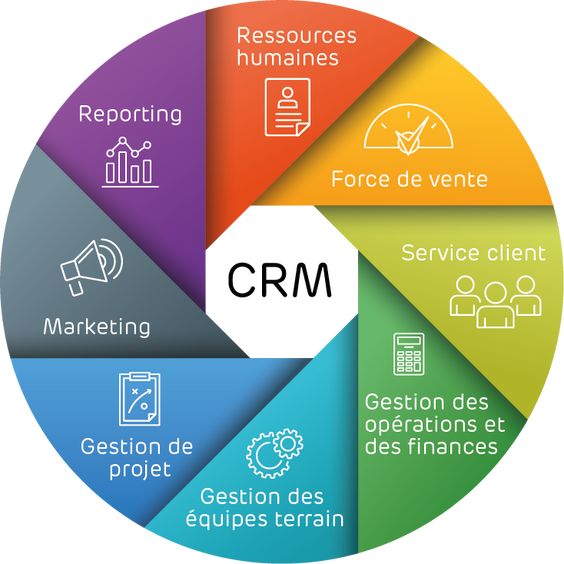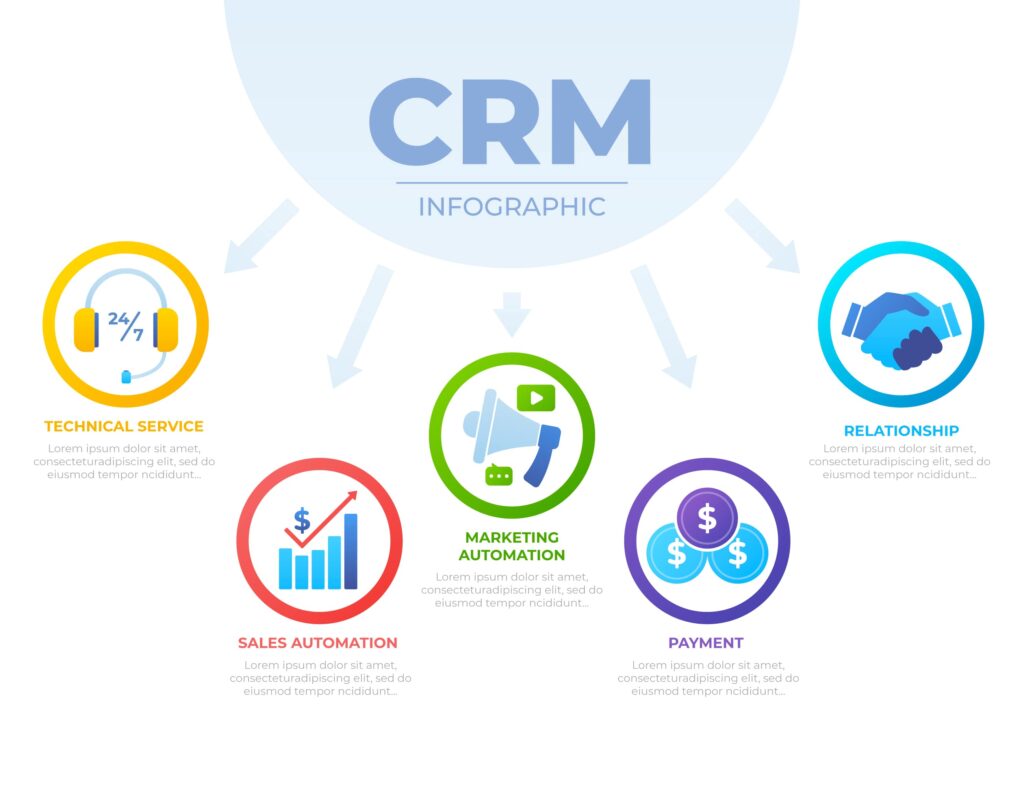The world of software development is evolving rapidly, driven by technological advancements, changing user expectations, and the growing need for efficiency. As we step into 2025, several key trends are set to redefine how software is built, deployed, and maintained. Let’s explore the most impactful software development trends that will shape the future.
1. AI-Powered Software Development
Artificial Intelligence (AI) and Machine Learning (ML) are transforming software development. From automated code generation to intelligent debugging, AI is making development faster and more efficient. Tools like GitHub Copilot and AI-powered testing frameworks are reducing manual effort, enabling developers to focus on strategic problem-solving rather than repetitive coding tasks.
2. Low-Code and No-Code Development
The rise of low-code and no-code platforms is democratizing software development, allowing non-technical users to build applications without extensive coding knowledge. These platforms accelerate software delivery and enable businesses to develop solutions quickly, reducing reliance on traditional development teams.
3. Cloud-Native Development & Serverless Computing
Cloud computing continues to dominate, but the shift towards cloud-native development and serverless computing is taking center stage. Organizations are increasingly adopting microservices architectures and leveraging platforms like AWS Lambda and Azure Functions to create scalable, cost-effective applications without worrying about server management.
4. Edge Computing for Faster Processing
With the explosion of IoT devices and real-time applications, edge computing is gaining traction. By processing data closer to the source rather than relying on centralized cloud servers, edge computing enhances performance, reduces latency, and improves security in applications like autonomous vehicles and smart cities.
5. Cybersecurity and DevSecOps
As cyber threats become more sophisticated, integrating security into the software development lifecycle (DevSecOps) is crucial. Developers are now prioritizing security from the initial design phase, using AI-driven security tools to detect vulnerabilities early and implementing zero-trust architectures to protect sensitive data.
6. Blockchain Beyond Cryptocurrencies
Blockchain technology is expanding beyond finance and cryptocurrency applications. In 2025, we will see increased adoption in supply chain management, identity verification, and secure transactions, thanks to its transparency, security, and decentralization features.
7. Quantum Computing’s Emerging Role
Quantum computing is making strides, with tech giants like Google, IBM, and Microsoft leading the way. Although still in its early stages, quantum computing has the potential to revolutionize complex problem-solving in fields like cryptography, material science, and AI-driven research.
8. Progressive Web Apps (PWAs) Gaining Popularity
Progressive Web Apps (PWAs) are becoming the preferred choice for businesses looking to deliver app-like experiences via web browsers. They offer faster load times, offline functionality, and better user engagement, reducing the need for separate mobile applications.
9. Sustainable Software Development (Green Computing)
With growing concerns over environmental sustainability, green computing is becoming a priority. Developers are optimizing code efficiency, reducing energy consumption in data centers, and using eco-friendly cloud solutions to minimize the carbon footprint of software applications.
10. The Evolution of AR/VR in Software
Augmented Reality (AR) and Virtual Reality (VR) are evolving beyond gaming and entertainment. Industries like healthcare, education, and real estate are integrating AR/VR solutions for training simulations, virtual tours, and enhanced user experiences.
Final Thoughts
The future of software development in 2025 is all about speed, security, and innovation. From AI-driven development to edge computing and sustainable solutions, these trends will shape the way businesses and developers approach software creation. Staying ahead of these trends will be crucial for companies aiming to remain competitive in an ever-evolving tech landscape.
Are you ready for the future? Let us help you build next-gen software solutions that align with these cutting-edge trends. Contact us at Abhastra Technology to get started!





